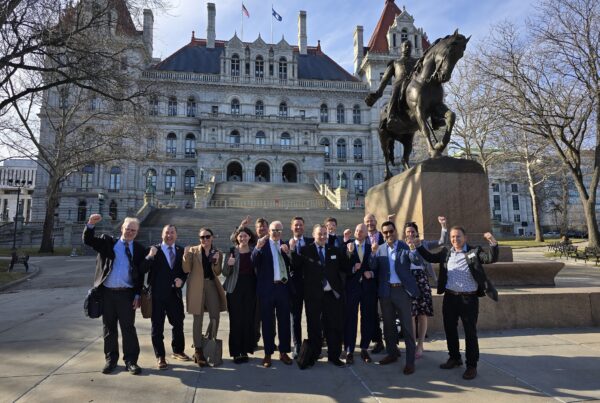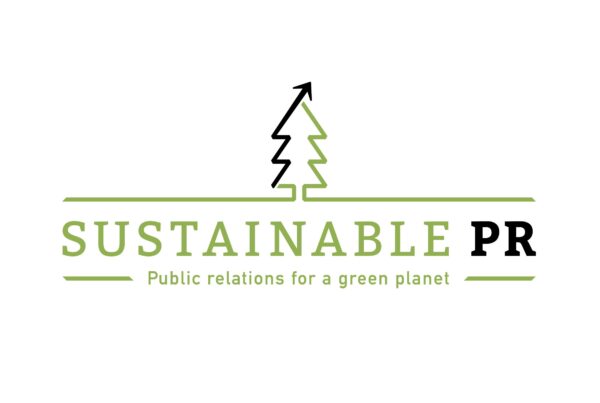Companies and industries around the world are aiming to change their manufacturing and business operations to achieve “zero waste.” In a time of climate change negotiations that are very critical to the future of our planet, zero waste sounds like an ideal solution. However, Jim Giles, Food and Carbon Analyst at GreenBiz Group, notes how the zero-waste goal can have a short-sighted connotation of simply eliminating materials from manufacturing. Companies shape their zero-waste manufacturing initiatives according to the linear framework that only the desired final product will be at the end of the supply line, without considering the opportunities of a circular system that utilizes byproducts.
Rethinking Zero Waste
Both individuals and companies can take the term “zero waste” literally. Consumers practice “reduce, reuse, recycle,” but tend to unilaterally point their focus to one solution: recycle. In the case of zero-waste manufacturing, companies tend to narrow their efforts to reduce the waste byproducts of production instead of utilizing them in other ways.
Traditionally, companies use a linear industrial system. Resources are extracted and transformed into marketable items, leading to waste byproducts. The end product is often thrown out when it has outlived its use. Transitioning from a linear system to a circular system presents an opportunity to truly eliminate waste. A circular industrial system is designed to prioritize the regeneration of natural systems to decrease waste and extend the longevity of manufactured products. A circular system can be achieved in myriad ways, depending on the company and target market.
Food and Agriculture Lead the Charge
The food and agricultural industries are at the forefront of finding efficient ways to eliminate waste, and some companies are already rethinking how to implement zero-waste into their workflows. For instance, Kipster, a sustainable poultry farm in the Netherlands, designed housing that allows hens to comfortably express their behaviors under a photovoltaic roof. By using an energy-efficient environment while also sourcing the hens’ feed from food-processing industry leftovers, Kipster developed the world’s first climate-neutral egg.
Kipster is not the only company leading the charge in revolutionizing zero-waste efforts. We see other companies exploring the value of utilizing waste streams in production. As Giles highlights:
- BioEnergy Devco converts chicken waste into natural gas
- Upward Farms raised millions to combine fish farming with indoor agriculture and uses wastewater to fertilize leafy greens
- Mizkan launched a food brand called Zenb with products made from discarded parts of plants, such as stems, seeds, and peels
- InnovaFeed will use a neighboring crop processing facility to rear insects for animal feed at a plant in Illinois
There is a huge market for zero-waste initiatives that industries across the globe can capitalize on. Of course, it’s often easier for established companies with big marketing budgets to get the word out about their latest initiatives. PR is unfortunately an area that is too often ignored by startups with limited budgets, but it’s critical for brands that are trying to both educate and create awareness among consumers.
At Sustainable PR, we focus solely on the needs of companies in the green economy with sustainable messages to share. Contact us today to tell us about your brand and mission. Let’s find a way to tell your story.





